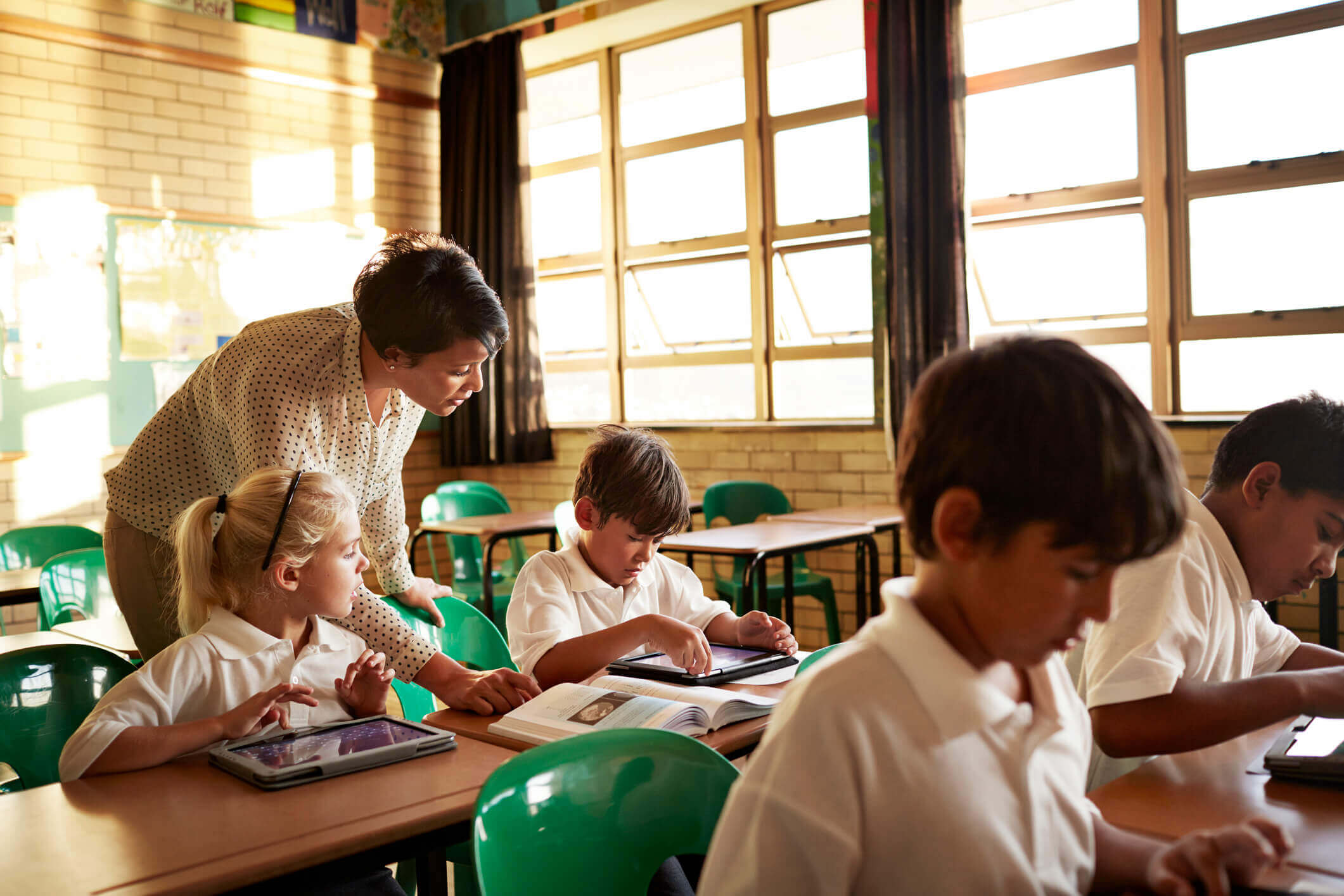Published on October 7th, 2022
Promethean explains: Digital-first teaching
4 minute read

As educators consider how to teach most effectively since returning to the classroom, they’re looking for a future-proof approach aligned to the shifts they’ve seen. A core component of this modern classroom is digital-first teaching. While incorporating education technology isn’t new – in fact, 83% of educators told The State of Technology in Education Report that it’s a necessary component of everyday life – the digital-first approach builds the teacher’s instruction around using these tools.
Digital-first teaching is about making edtech part of the school-wide culture rather than restricting it to one department or class. This keeps the whole school up to date with innovations that make processes and teaching more efficient. To deliver digital-first teaching, educators need to understand how to get the most out of edtech, what it means for day-to-day teaching, and the role of the educator.
What is digital-first teaching?
Digital-first teaching uses edtech to lead the instructional experience, becoming a tool that’s used consistently rather than only occasionally. This maximises its role in the classroom as a way for students to engage with content, and for teachers to connect with their students and drive dynamic lessons.
Digital-first teaching has been associated with remote learning, but is an ongoing approach recognising the needs and preferences of today’s students who work best with digital stimulation inside the classroom, too. It caters to their digital nativity and develops their digital literacy using online platforms and devices to communicate and collaborate with others. By designing lessons around students collaborating and exploring concepts digitally, edtech enables learning goals. Embedding it within the teaching approach also helps teacher productivity, streamlining their management of resources and assessments.
How to achieve digital-first teaching
Digital-first teaching doesn’t completely overhaul traditional methods, it just makes teaching more engaging and efficient. Educators should carefully choose a suite of the most valuable tools that they can use for different activities and learning goals. This flexibility enables them to target specific learning outcomes, such as interactivity and engagement, digital formative assessments to raise attainment, and collaborative learning.
To deliver this level of dynamic teaching, edtech should be factored into a school’s strategy to ensure tools are consistently evaluated and upgraded. It also needs a commitment to regular tech training so staff have support and the latest insight on what trends mean for their teaching. Edtech upskilling should be appropriate to different confidence levels so educators aren’t overwhelmed. A front-of-class display like the ActivPanel can serve as a central device through which all digital-first teaching can run.
Find out how effective your current edtech tools are and get practical advice to improve your tech use.




